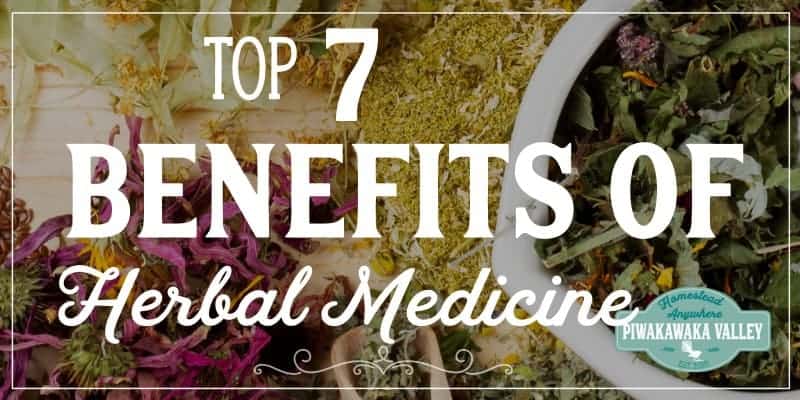Little Known Facts About Herbalife.

In 1990, expenditure associated with "alternate" treatment in the United States was approximated to be US$ 13.7 billion. In Australia, copyright, and the United Kingdom, yearly expenditure on traditional medication is approximated to be US$ 80 million, US$ 1 billion, and US$ 2.3 billion, respectively.
The total commercial worth of the ethnobotanicals market can not be ignored. In 1995, the total turn over of nonprescription-bound natural medications in pharmacies was equal to nearly 30% of the overall turn over of nonprescription-bound medicines in Germany, and in the United States, the yearly retail sales of herbal items was estimated to be US$ 5 - herbalife products and pricing.1 billion.
Facts About Herbalife Revealed
In China, the overall value of natural medication made in 1995 reached 17.6 billion Chinese yuan (about US$ 2.5 billion; Eisenberg et al. 1998; WHO 2001). This trend has continued, and yearly incomes in Western Europe got to US$ 5 billion in 2003-2004 (De Smet 2005). In China, sales of organic products completed US$ 14 billion in 2005, and profits from herbal medications in Brazil was US$ 160 million in 2007 (Globe Wellness Organization; http://www.who.int/topics/traditional_medicine/en/). In China, in 2003, conventional herbal medicines played a famous role in the method to have and treat severe acute respiratory system disorder (SARS), and in Africa, a traditional herbal medicine, the Africa flower, has actually been made use of for years to treat squandering symptoms connected with HIV (De Smet 2005; Tilburt and Kaptchuk 2008).
Herbs and plants can be refined and can be taken in different ways and forms, and they consist of the entire herb, teas, syrup, essential oils, lotions, salves, rubs, pills, and tablets which contain a ground or powdered form of a raw natural herb or its dried essence. Plants and natural herbs extract differ in the solvent used for extraction, temperature, and removal time, and include alcoholic extracts (tinctures), vinegars (acetic acid removes), hot water extract (tisanes), long-lasting boiled remove, usually roots or bark (preparations), and chilly mixture of plants (macerates).

Around 200 years ago, the first pharmacologically energetic pure compound, morphine, was created from opium removed from seeds cases of the poppy Papaver somniferum. This discovery showed that medicines from plants can be purified and carried out in precise does no matter of the resource or age of the product (Rousseaux and Schachter 2003; Hartmann 2007).
Indicators on Herbalife You Need To Know
With this continued trend, products from plants and natural resources (such as fungis and marine microorganisms) or analogs influenced by them have actually added substantially to the industrial medication preparations today. Examples include anti-biotics (e.g., penicillin, erythromycin); the heart energizer digoxin from foxglove (Digitalis purpurea); salicylic acid, a forerunner of pain killers, derived from willow bark (Salix spp.); reserpine, an antipsychotic and antihypertensive drug from Rauwolfia spp.; and antimalarials such as quinine from Cinchona bark and lipid-lowering agents (e.g., lovastatin) from a fungus (Rishton 2008; Schmidt et al.
More than 60% of cancer cells rehabs on the market or in screening are based on natural items. Of 177 medicines approved globally for treatment of cancer cells, greater than 70% are based on all-natural items or mimetics, much of which are boosted with combinatorial chemistry. Cancer cells therapeutics from plants consist of paclitaxel, separated from the Pacific yew tree; camptothecin, stemmed from the Chinese "happy tree" Camptotheca acuminata and utilized to prepare irinotecan and topotecan; and combretastatin, obtained from the South African bush willow (Brower 2008.
Between 2005 and 2007, 13 medicines acquired from all-natural products were approved in the United States., last gain access to: November 5, 2010).
More About Herbalife
In the United States, the National Center for Corresponding and Natural Medicine at the National Institutes of Health spent around US$ 33 million on herbal medicines in the financial year 2005; in 2004, the National Canadian Institute committed virtually US$ 89 million for researching a range of traditional treatments. While this range view it now of financial investment is low contrasted to the overall r & d costs of the pharmaceutical market, it nonetheless shows genuine public, industry, and governmental interest in this field (Li and Vederas 2009). With tremendous expansion in the interest in and use of standard medications worldwide, two primary locations of issue occur that bring major obstacles.
Comments on “Herbalife Can Be Fun For Everyone”